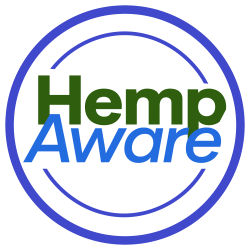HEMPSTORY:
A Hemp History TIMELINE
The History of Cannabis Hemp
Our most ancient plant ally – thousands of years, tens of thousands of products!
LEARN
Thank you to all the sources online and offline – all the people who are supportive and speak out for this MIRACULOUS GOD-GIVEN PLANT OF LIFE, known as Cannabis Sativa Hemp, aka: Industrial Hemp, or just Hemp!
We are eternally thankful for the awareness about the gigantic VALUE and BENEFITS Cannabis Hemp brings to this world and has brought here for so long. Let’s get hempducated about Hemp History!
HEMP HISTORY TIMELINE

A Long Time Ago
Sirius, the brightest star in the night sky is also known colloquially as the "Dog Star." It's glowing brightly in its constellation, Canis Major (Big Dog).
The heliacal rising of Sirius marked the flooding of the Nile in Ancient Egypt and the "Dog days" of summer for the Ancient Greeks. To the Polynesians it marked winter and was an important star for navigation around the Pacific Ocean.
Sirius was the most important star in the sky to the ancient Egyptians.
The ancient Egyptian calendar was based on the rising of Sirius. It is established for certain that Sirius was sometimes identified by the ancient Egyptians with their chief goddess Isis.
Sirius was astronomically the foundation of the Egyptian religious system. It was the embodiment of Isis, wife and consort of the god Osiris, who appeared in the sky as Orion.
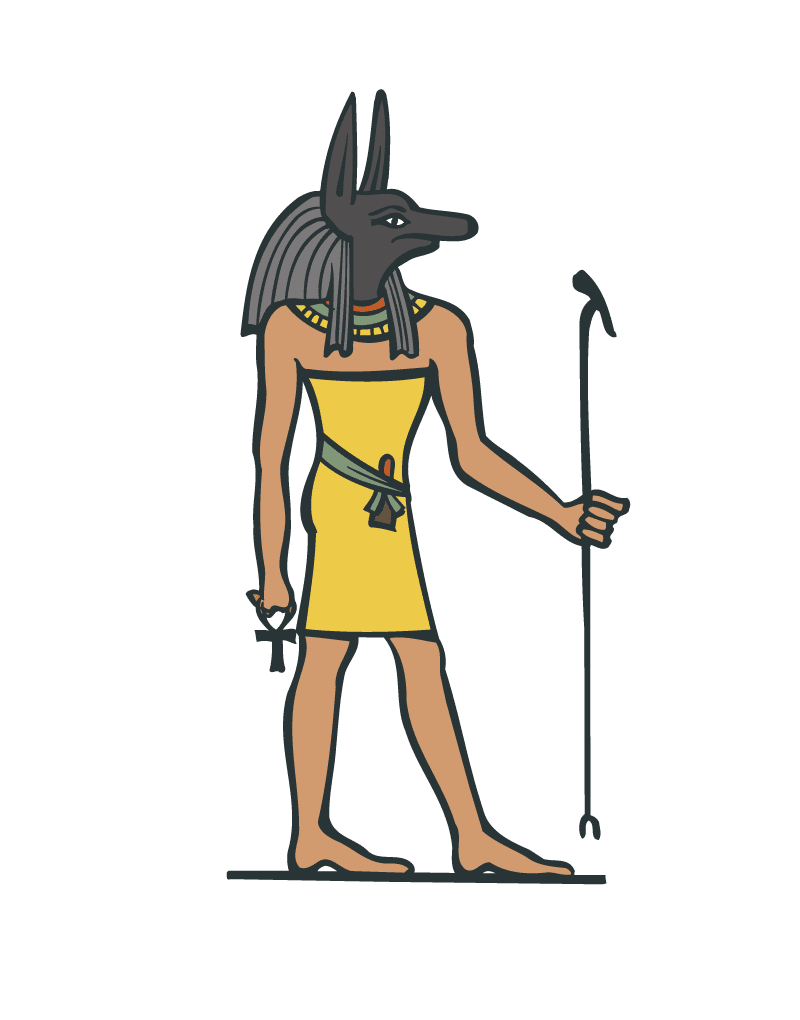
Egyptian Hemp History
'The Dog Star' commonly referrs to the star system Sirius throughout antiquity.
The iconic Egyptian god Anubis was depicted having a dog's (canine) head. Not to mention 'anubis' sounds and looks similar to (c) 'annabis'.
Lastly, Seshat, is known to have brought mathematics, measurement, education and cannabis! Hence the 7 pointed crown, atop her head.
A greek traveler and chronicler by the name of Herodotus visited the cannabis-loving tribe. They hold a year long cannabis festival every fifty years, which he attended.
Explaining the celebration of the Dogons pointing to the brightest star in the winter sky, he said it was the "Two Dog Star".
Cannabis is a Greek word though its origins are African. The word translates to "Two Dog." So the 'Two Dog Star' was said to be the original home of the Two Dog Plant.
The year long cannabis celebration was in honor of that star and the medicinal herb that was brought to them.
Canis is Latin for "dog". Canine - dog . - latin.
Bis = Two - As in 2 stars. Sirius A & Sirius B

Cannabis Appears in Central Asia

SCYTHE WAS USED FOR HEMP

one hemp SEED grain
Reference:

Scythian

A cave painting
The plants themselves are tall and at the top bear large, distinctive, seven-fingered hemp leaves. (Personal Collection) Surrounding the top of this hemp plant figure is a sunlike aura suggesting the connection between the sun and hemp in Shinto and strikingly similar to the hieroglyphic carvings from Mediterranean cultures which show a similar sun/hemp motif. (Bennet)
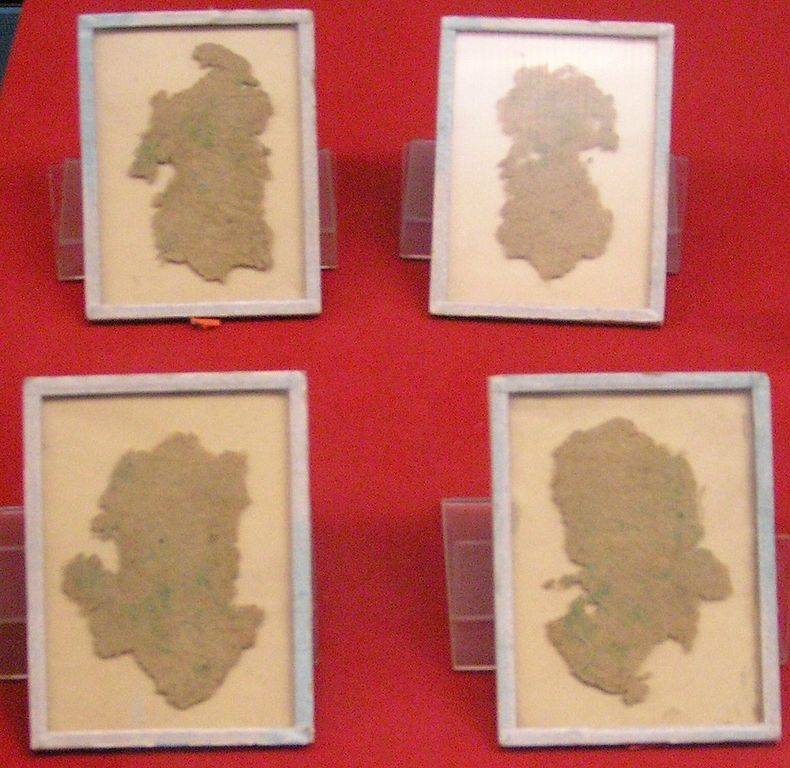
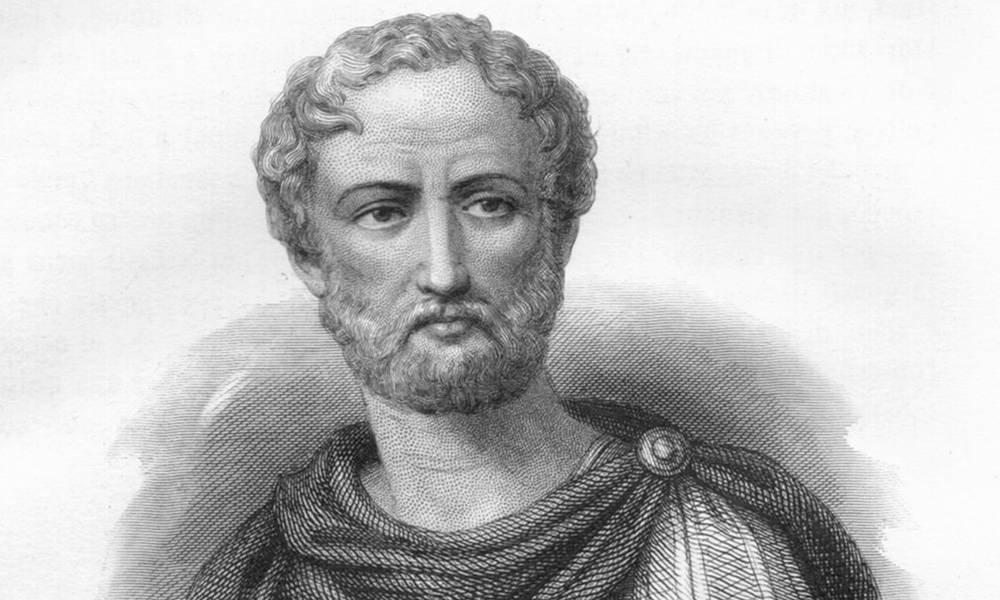
Manual about hemp
Paper mill


replace tobacco with hemp
Quotes about hemp
– Thomas Jefferson, U.S. President
"Make the most you can of the Indian Hemp seed and sow it everywhere."
- George Washington, U.S. President
"We shall, by and by, want a world of hemp more for our own consumption."
- John Adams, U.S. President

George Washington grew hemp!
For over ten thousand years...hemp was undeniably man's most useful plant. Our ancestors depended upon hemps exceptionally strong fiber, cellulose rich pulp, and highly nutritious seeds.
The plant was cultivated and used throughout history for food, clothing, fuel and medicine, as well as ship sails, rope, shelter, and paper. In colonial America, hemp was not only legal but essential to survival.


free colonial press
Even in England, the much-sought-after prize of full British citizenship was bestowed by a decree of the crown on foreigners who would grow cannabis, and fines were often levied against those who refused.
Benjamin Franklin started one of America’s first paper mills with cannabis. This allowed America to have a free colonial press without having to beg or justify paper and books from England.

Hemp was considered among plants to have Great Commercial Value!
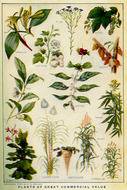
the second cash
It was easier to chop down a forest than to pay for laborers to process the hemp, however, it takes four acres of trees to produce one acre worth of hemp to make the same amount of paper. And, it takes a generation to produce the trees whereas it only takes one half a year to produce the hemp...


production of hemp fiber

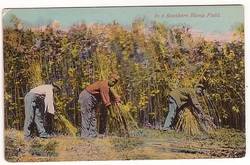
Kentucky Hemp Fields

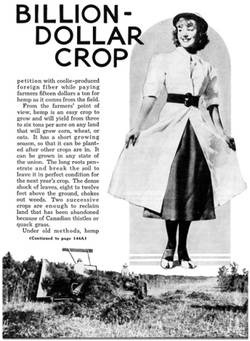
HEMP: The Billion Dollar Crop

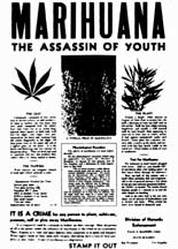
marihuana the assassin of youth
This guy hated minorities, and used his newspaper empire to aggravate racial tensions at every possible opportunity. He especially hated Mexicans and portrayed them as lazy, degenerate and violent. He also depicted them as "Marihuana smokers" and job stealers. The real fire under his buzongo was that he had lost 800,000 acres of prime timberland to Pancho Villa.

Prohibition

An old Hemp Seed bottle
An old Hemp Seed drug pharmacy medicine bottle from around 1927. The A H Williams Co. in Utica, NY was closed by the end of that decade


The U.S.S. Constitution “Old Ironsides”


prohibited agents
Anslinger, are former prohibition agents with nothing better to do with their time than to fabricate a new way to harass the American public rather than getting a real job. Anslinger is on the far left in below photo.

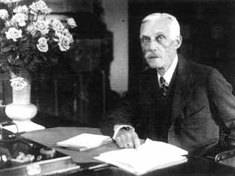
conspiracy

Coincidence #1
Coincidence #2
Coincidence #3, #4 & #5
For the SOURCE of this Coincidence Chart
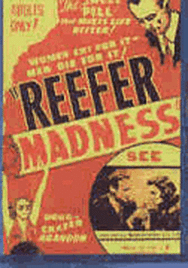
the Madness movie


Lammont DuPont

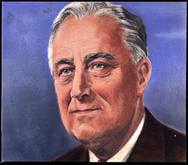
Franklin D. Roosevelt
President Franklin D. Roosevelt signed it into law on August 3rd, 1937. It did not prohibit marijuana and hemp, only a constitutional amendment can do that. By imposing "prohibitive taxes" and mountains of red tape, it made cultivation, processing, sales and any use of the hemp plant virtually impossible. This law is still in effect today.

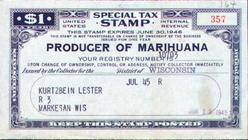
expert witness


This poster (17"x22") was widely distributed in agricultural areas of the U.S. during WWII.

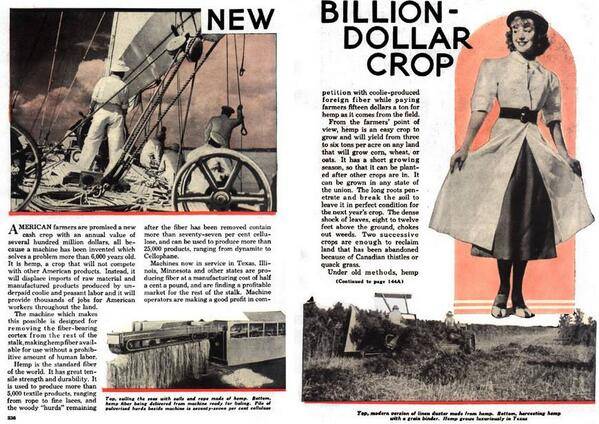
Rmpant propaganda against hemp
Popular Mechanics magazine (1938) touted hemp as the new ‘Billion Dollar Crop’. Unfortunately, it did not happen. Hemp was a threat to those who had investments in timber, oil, chemicals, and pharmaceuticals.
There was rampant propaganda against hemp; hemp farming was subsequently outlawed (illegal to farm hemp without the proper permits from the DEA.
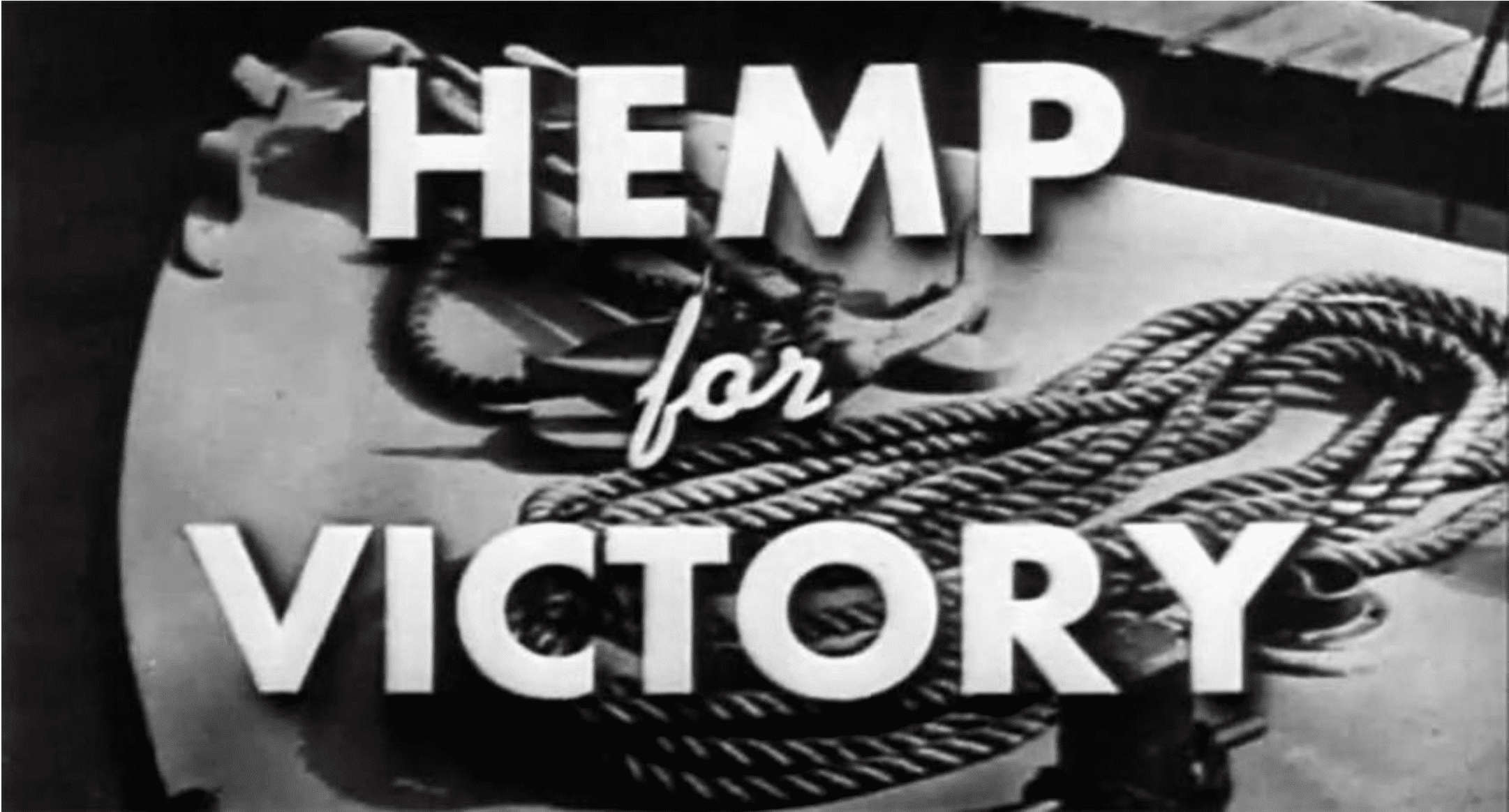
Hemp For Victory
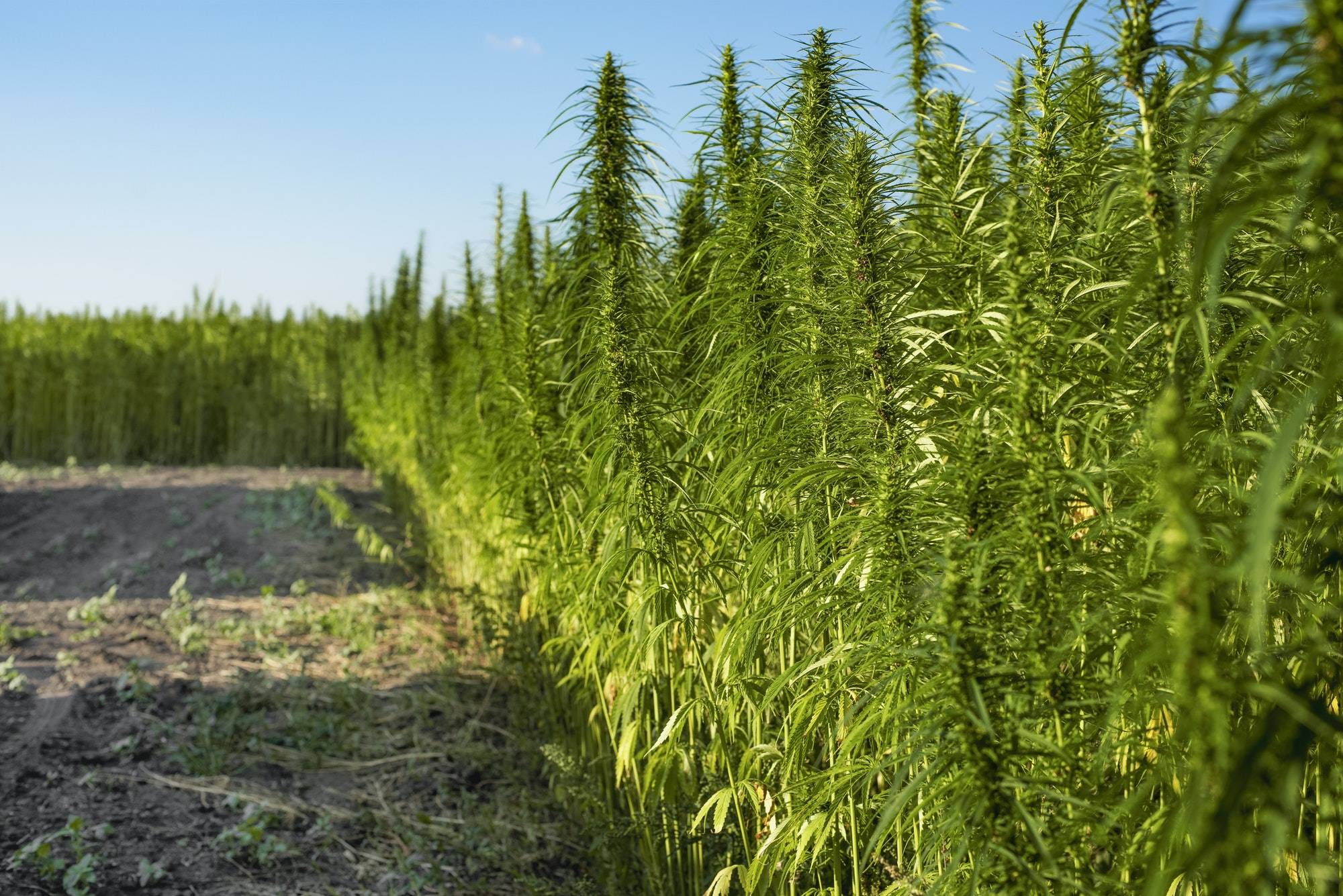
vote hemp

New Hemp Bill Introduced
First Hemp License

a beneficial plant
As you can see, hemp has had a rich history on our planet for possibly up to 10,000 years. No other plant has had such a beneficial, commercial, economical, environmental, and, of course, political impact…than hemp.
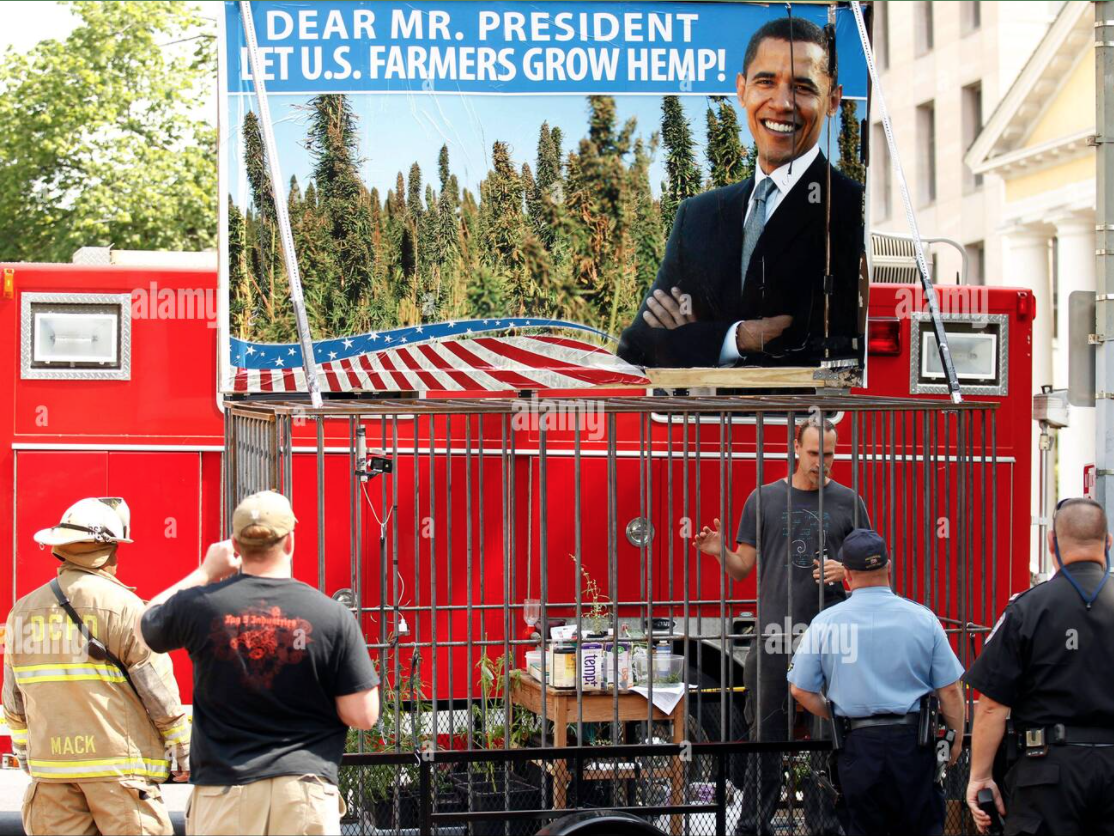
David Bronner at the Capitol
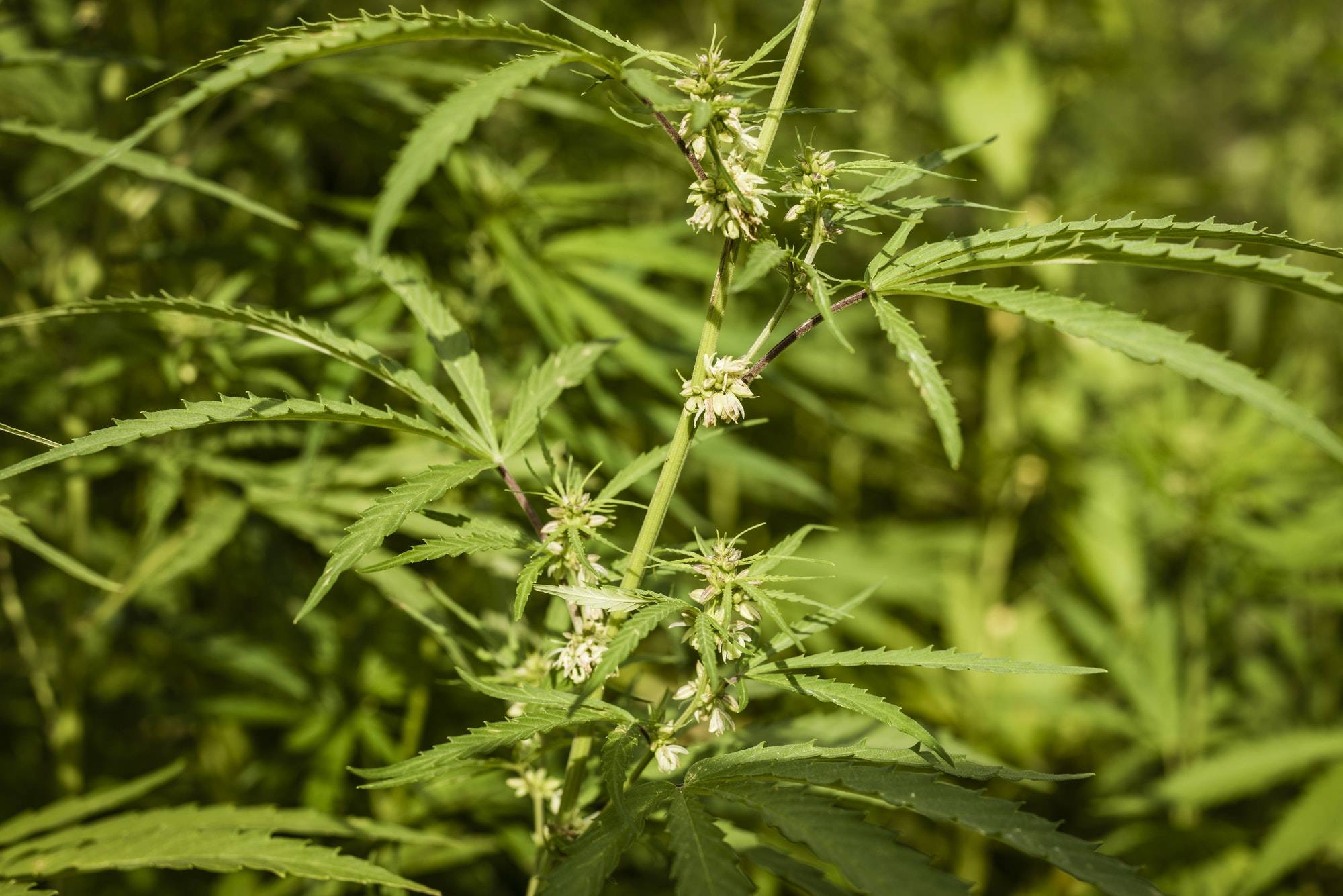
hemp is legal for research purpose
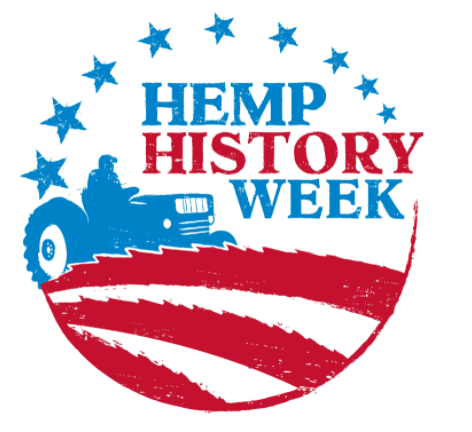
Celebrating the Hemp Movement
And now we are celebrating and REVIVING the Hemp Movement and Industry and Markets in the U.S.A. with Hemp History Week!

Industrial Hemp Farm Bill Was Based in the USA
Feel free to share this with your friends, family and strangers!
It’s VITAL to our Future and to Mother Earth!

Do One Thing: HEMP
Learn how to share your DOT with the world, with this inspirational guide for hemp entrepreneurs.

